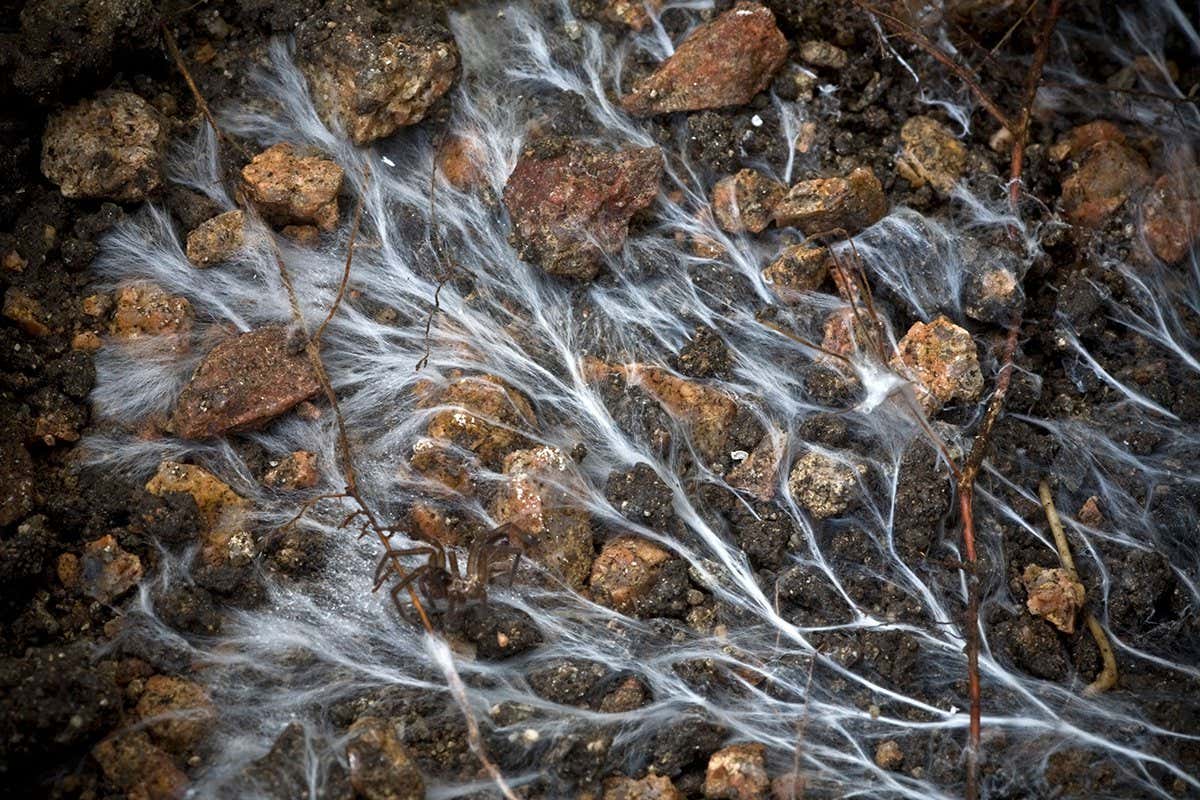Mycorrhizal Fungi: Boosting Tree Carbon Storage – A Symbiotic Solution to Climate Change?
Introduction:
The fight against climate change hinges on reducing atmospheric carbon dioxide (CO2). Forests are crucial carbon sinks, absorbing vast quantities of CO2. But what if we could significantly enhance their carbon storage capacity? Recent research highlights the vital role of mycorrhizal fungi, a fascinating group of organisms, in boosting tree carbon storage and offering a natural solution to climate change. This symbiotic relationship between fungi and trees is proving to be a powerful tool in our arsenal against global warming.
What are Mycorrhizal Fungi?
Mycorrhizal fungi are microscopic organisms that form symbiotic relationships with the roots of most plants, including trees. This mutually beneficial partnership is called mycorrhiza. The fungi extend their hyphae (thread-like structures) into the soil, greatly expanding the tree's root system's reach. This increased surface area allows for more efficient absorption of water and nutrients, leading to improved tree growth and health. In return, the tree provides the fungi with carbohydrates produced through photosynthesis.
The Carbon Storage Connection:
The remarkable impact of mycorrhizal fungi on carbon sequestration goes beyond nutrient uptake. Studies show that mycorrhizal networks significantly enhance the amount of carbon stored in the soil. This is achieved through several mechanisms:
- Increased root biomass: The expanded root system facilitated by mycorrhizal fungi leads to increased root biomass, which acts as a significant carbon sink.
- Enhanced carbon transfer: Mycorrhizal fungi actively transport carbon from the tree roots into the soil, where it is stored in stable organic matter.
- Soil aggregation: The fungal hyphae bind soil particles together, creating stable soil aggregates that protect organic carbon from decomposition.
- Reduced decomposition: Mycorrhizal fungi can alter the soil environment, making it less favorable for microorganisms that decompose organic matter, thus preserving carbon in the soil.
The implications for Climate Change Mitigation:
The potential implications of these findings for climate change mitigation are substantial. By enhancing the carbon sequestration capacity of forests, mycorrhizal fungi can contribute significantly to reducing atmospheric CO2 levels. This natural solution presents a powerful alternative, or at least a crucial complement, to more technologically intensive carbon capture methods. Further research into the management and manipulation of mycorrhizal networks could lead to strategies for boosting forest carbon storage on a larger scale.
Future Research and Conservation Efforts:
While the role of mycorrhizal fungi in carbon sequestration is becoming increasingly clear, more research is needed to understand the full extent of their impact. Further investigations should focus on:
- Identifying the most effective mycorrhizal species for different tree species and soil types.
- Developing sustainable forest management practices that promote mycorrhizal fungal diversity and abundance.
- Exploring the potential of using mycorrhizal fungi in reforestation and afforestation projects.
- Understanding the impact of environmental stressors, such as climate change itself, on mycorrhizal fungi.
Conclusion:
Mycorrhizal fungi are unsung heroes in the fight against climate change. Their symbiotic relationship with trees offers a potent, natural way to enhance forest carbon storage. By understanding and leveraging the power of these microscopic organisms, we can unlock a significant weapon in our battle against global warming. Protecting and promoting the health of these vital fungal networks is essential for securing a sustainable future. Investing in research and conservation efforts focused on mycorrhizal fungi is not merely an environmental imperative; it's a strategic investment in a healthier planet for generations to come.
Keywords: Mycorrhizal fungi, carbon sequestration, climate change, carbon storage, trees, forest management, soil health, symbiotic relationship, environmental conservation, sustainable forestry, climate change mitigation.

